This exhibition highlights a range of subjects covered by the Library’s diverse collections of religious archives.
To mark the Queen’s platinum jubilee, items on display relate to her coronation in 1953. Other material relates to the Church and other denominations and faiths, with exhibits illustrating relations with Roman Catholicism and items on Jewish history, including Hebrew manuscripts. There is also material relating to the Church and race, including material on the civil rights movement, and the first British Black Bishop, Wilfred Wood.
This exhibition ran from 25 April to 2 August 2022. A selection of items from the exhibition are displayed below.
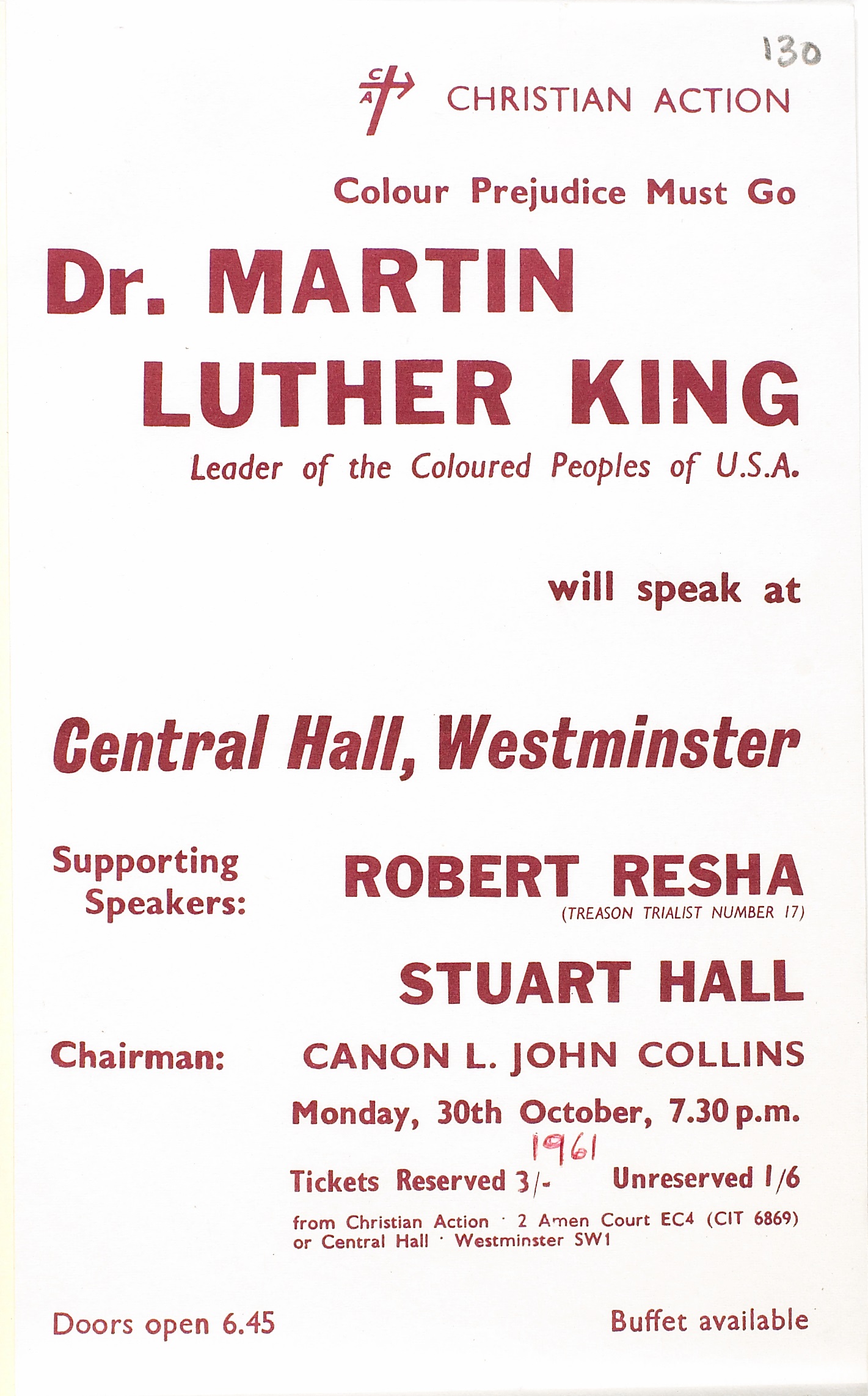
Martin Luther King in London
Canon Lewis John Collins was a canon of St Paul’s Cathedral and a vocal advocate against both poverty and racial prejudice, both in the UK and overseas. In 1964, he was instrumental in organising for Martin Luther King to preach a sermon in St Paul’s on his way to collect the Nobel Peace Prize. The service was attended by over 3000 people and followed by a press conference where King spoke out about harmful immigration practices based on colour. After King was assassinated, his widow Coretta Scott King was also invited by Canon Collins to preach at St Paul’s, making her the first woman to preach there.
MS 3297, ff. 130-1
Wilfred Wood, Area Bishop of Croydon
The Right Reverend Dr (now Sir) Wilfred Wood was born in Barbados in 1936. Initially considering a career in politics, he felt called to the Church and undertook his theological training at Codrington College. When he began working in England, he gained a reputation for speaking out against racial injustice, including against the significance of the lying-in-state of Enoch Powell. After the assassination of Martin Luther King, Wood joined forces with Canon Collins and King’s widow Coretta Scott King in founding the Martin Luther King Fund and Foundation in the UK. Wood was consecrated Suffragan (later Area) Bishop of Croydon in 1985, making him the first Black bishop in England. This photograph, also featuring Archbishop Robert Runcie, was taken shortly after the ceremony at St Paul’s Cathedral.
Runcie/PHOTO/32

The Popish Plot

Artefact 94
As the majority of the population gradually embraced the Anglican religion, events such as the Spanish Armada in 1588 and Gunpowder Plot in 1605 fed popular resentment towards the remaining Catholics. In 1678 a fictitious conspiracy to kill Charles II was invented by Titus Oates, an English priest, which resulted in numerous executions before being exposed as a hoax. This ‘Popish Plot’ contributed to the banning of Catholics from parliament for the next 150 years.
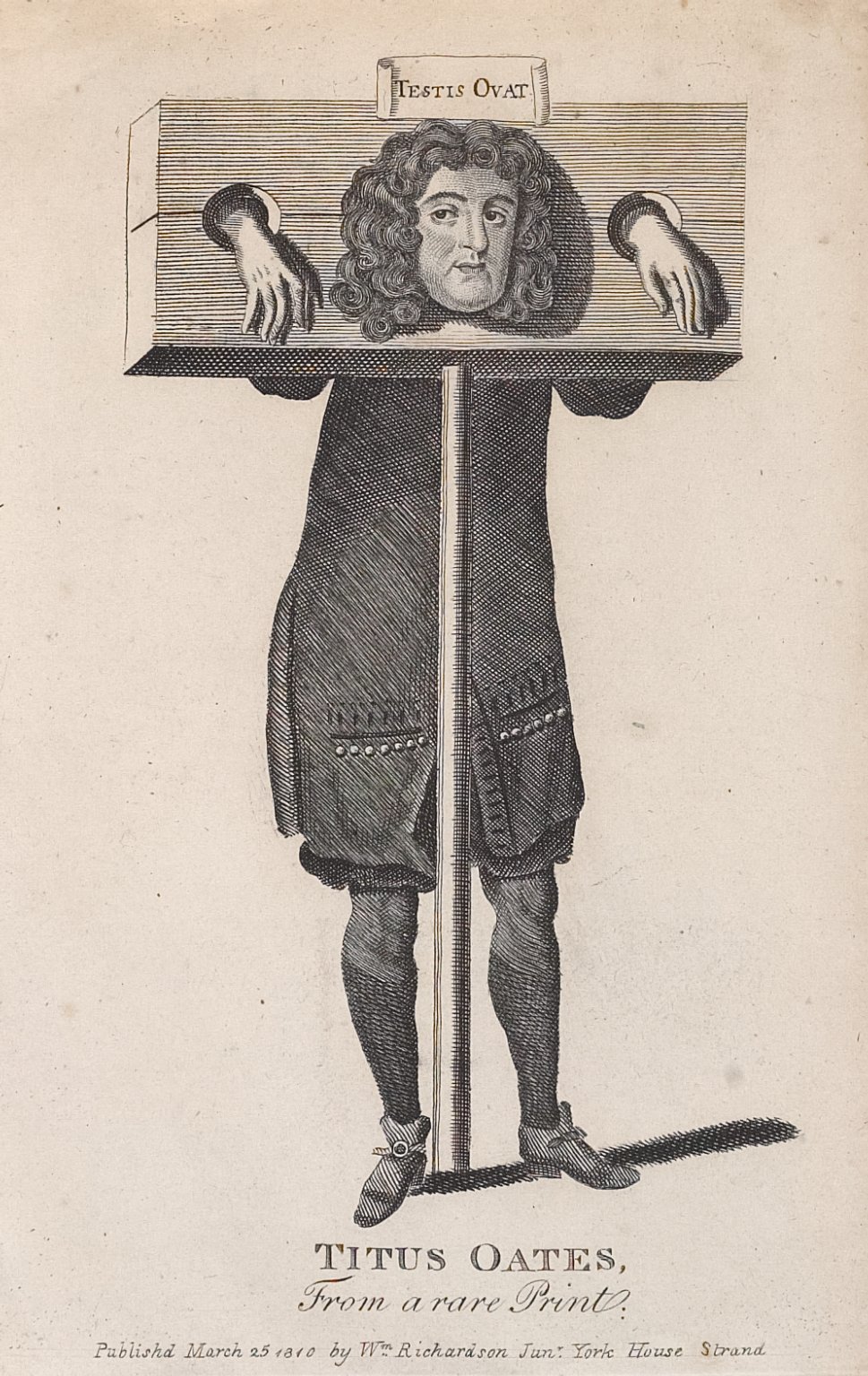

The funeral of Emily Scobell
The 19th century saw the introduction to Anglicanism of what some perceived as elements of Roman Catholicism. The Oxford Movement introduced ritualistic forms of worship (such as the reintroduction of vestments), and Anglican religious orders were created. Popular opposition took the form of rioting as seen at the funeral of Emily Scobell, a member of the Anglican sisterhood of St Margaret, in 1857.
MS 2678, f. 37
Platinum Jubilee of Queen Elizabeth II
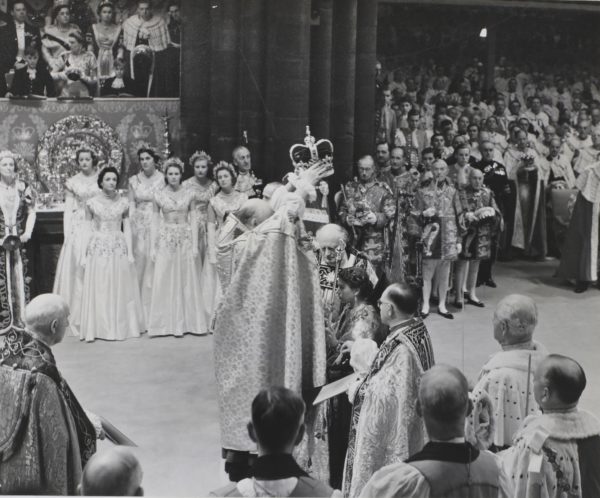
2022 marks the seventieth year of the reign of Queen Elizabeth II. On 2 June 1953, Geoffrey Fisher, Archbishop of Canterbury, anointed and placed the crown on the Queen’s head at her coronation in Westminster Abbey. The Archbishop of Canterbury has taken a leading role in the coronation of the monarch since Anglo-Saxon times. The form and order of the service are ancient in origin but not immutable and the Archbishop has played a major part in drawing up the rites and ceremonies.
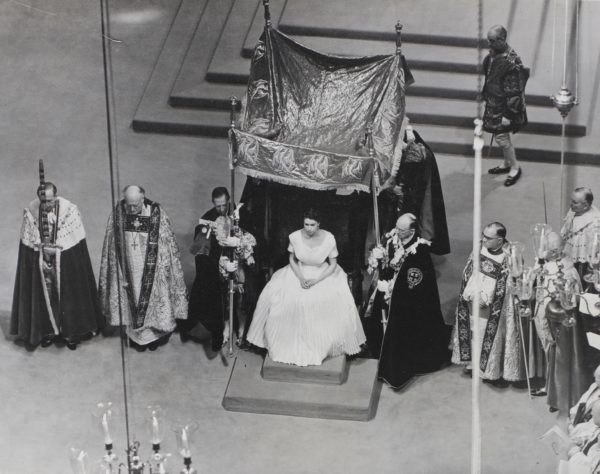
Fisher 313 f.26a
For the coronation of Queen Elizabeth II, the Archbishop was responsible for choosing the liturgy of the service, with the assistance on an advisory committee. Archbishop Fisher wrote a detailed account of his role in the Coronation, which is kept in the Archbishops’ Papers collection at Lambeth Palace Library. Holding the title of “Defender of the Faith and Supreme Governor of the Church of England”, the Queen took the oath to “maintain and preserve inviolably the settlement of the Church of England, and the doctrine, worship, discipline, and government thereof, as by law established in England”.

Fisher 313 f.26b
In her role as head of the Church of England, the Queen opened the inaugural session of the General Synod, formerly the Church Assembly, in 1970. She continued to open the Synod every five years following diocesan elections, with the exception of the 11th General Synod in 2021, when due to illness her speech was delivered by the Earl of Wessex.
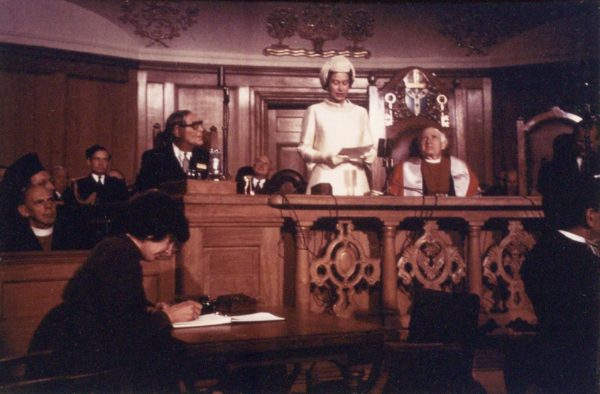
Psalterium Hebraice
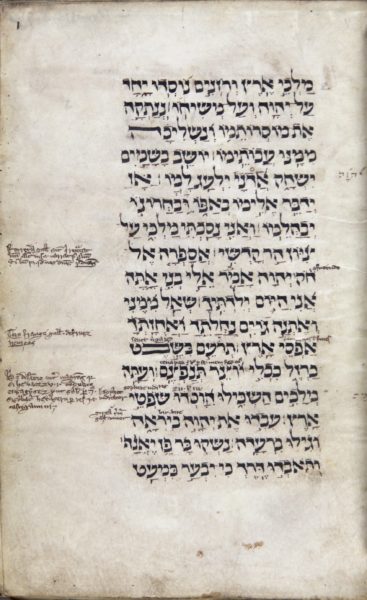
Shown here is a late 13th-century Hebrew psalter with copious glosses in Latin. The flyleaves are covered with scribbles and notes, mostly on Hebrew grammar, including some English names.


